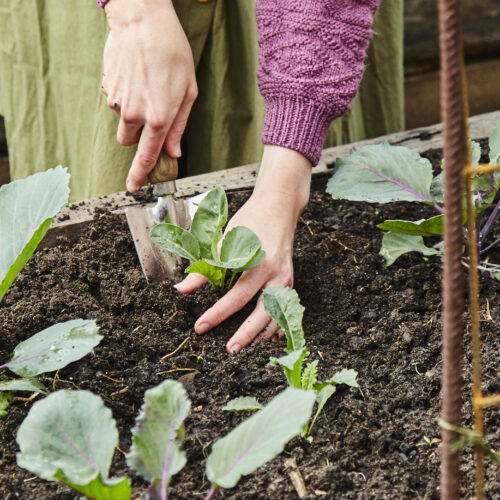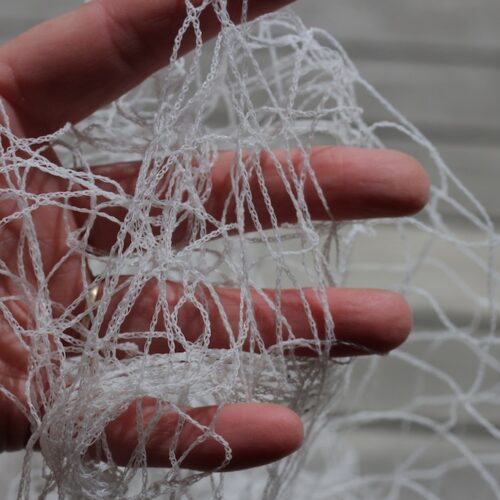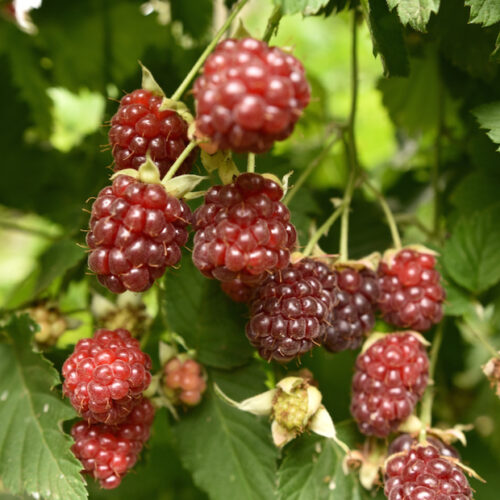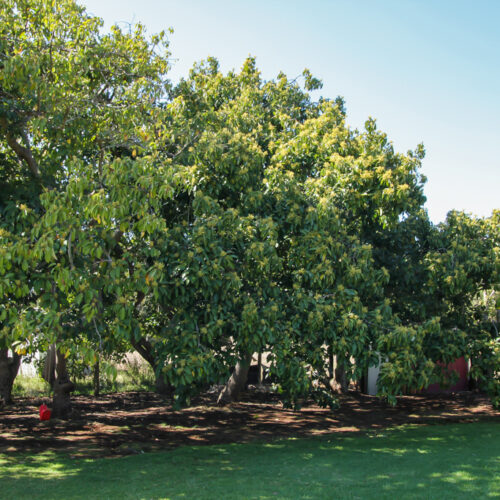Making the Most of Frost
2011-05-11T00:13:28+10:00
In viewing frost as just another issue to contend with in the battle to maintain a pristine backyard, modern gardeners miss the benefits of a decent freeze. Justin Russell welcomes the fiirst frost of the season.
We had our first frost this morning. Our garden receives an average of 30 frosts each winter, and in the scheme of things, this morning’s frost was very light and around two weeks later than usual. But it was a frost nonetheless. In our household, the event is noteworthy (the date is now clearly marked in my diary) and a cause for celebration. For the first frost marks not just a seasonal milestone, but a natural gift for gardeners living in a temperate climate.
Many gardeners see frost not as a gift, but something to be feared. Such gardeners rush out the afternoon before covering vulnerable plants and moving pots into warmer micro-climates. In the morning you’ll find the same gardeners will be outside armed with a hose in an attempt to prevent damage to frozen foliage. I’m prepared to accept that in marginal climates, where frost is very occasional and most plants aren’t adapted, it’s vital to protect your plants. But it never ceases to amaze me how panicked gardeners can get when the weather bureau forecasts a sub-zero morning. To me, panic suggests that people have either failed to understand their climate, or are pushing plants beyond their capabilities.
Except on the coldest mornings, when the temperature in the coldest parts of my garden can plummet to bone rattling minus ten, I’m completely relaxed. I know that virtually every plant in the garden is hardy, and that on the whole, the garden is benefiting from the cold. Old timers used to call a decent freeze a “killing frost”. This was a reference not to frost’s detrimental effect on tender plants, but its ability to clean up pests and diseases lingering from the previous summer. A killing frost, therefore, is very welcome – it can check rodent populations, prevent the spread of cane toads, kill some undesirable weeds, break the breeding cycle of pests such as fruit fly, and can even help kill pathogenic fungal spores, limiting reinfection.
Frost also helps improve soil. When moisture stored within soil freezes, it expands, and splits open soil particles. Traditional gardeners take advantage of a good freeze by roughly cultivating a patch of ground, watering if the soil’s very dry, and leaving large clumps exposed to the cold for a few frigid nights. The result is an improvement in soil texture and workability.
So if you’re stressing out on frosty nights, my advice is to reconsider your methods. Have you tried to get a handle on your climate from long time locals and weather bureau statistics? Are you choosing plants adapted to your climate, and those that are suited to winter? Do you use micro-climates within the garden to your advantage? Frost is a gift, not one more front on which gardeners need to fight. Make the most of it.





